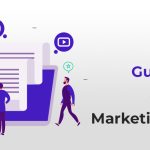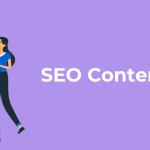Table Of Content
The modern business world has seen a shift in marketing tactics. To scale your business and attract new customers, you need a handy marketing plan.
Without a marketing strategy in place, it will become a cumbersome process to promote your brand. As a team of digital marketing practitioners, we always talked about inbound and outbound marketing.
Inbound and Outbound marketing has its pros and cons. Hence, you must identify where to apply them. You can’t bring them into action meaninglessly.
Traditional outbound marketing strategies such as television commercials, radio spots, print ads, and billboards are still in use, but the new wave of marketing is primarily inbound. Businesses focus on creating engaging content and experiences that attract customers and compel them to purchase.
This article will give you detailed insights into inbound and outbound marketing. Keep reading!
Inbound Marketing Insights
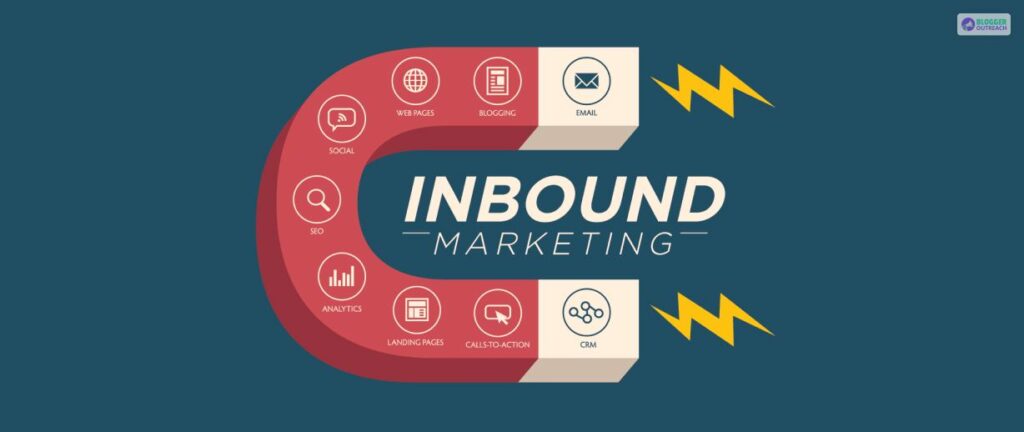
To get the most out of your inbound marketing efforts, it’s important to have a clear understanding of the underlying principles and strategies that go into successful inbound campaigns.
What Is Inbound Marketing?
Inbound marketing is an effective way to market products or services to a target audience. It utilizes creative strategies, such as content marketing, search engine optimization (SEO), lead generation, and email outreach, to engage with customers, build relationships and ultimately increase sales.
This marketing method helps businesses create brand awareness, attract leads and convert them into customers.
Common Examples Of Inbound Marketing Are
- Blogs.
- SEO.
- Social Media.
- Ebooks.
- Whitepapers.
Inbound Marketing Mistake
Inbound marketing has become much more popular in recent years. It involves using digital tactics such as search engine optimization (SEO) and content marketing to attract and engage customers.
However, there are a few key issues with inbound marketing. Time and again, marketers rush into campaigns without doing their due diligence or taking the time to develop a comprehensive strategy.
Hands-On Inbound Marketing
Inbound marketing attracts customers to a product or service through content marketing, social media marketing, search engine optimization, and branding. An example of this in action can be seen in a company’s blog use. The company can attract potential customers interested in its offerings by creating interesting, informative, and relevant content for its target audience.
Using keywords and strategic content placement, the company can also optimize its blog for higher search engine rankings which can further attract potential customers.
You May Like To Read This: What Is The Click Through Rate? And How To Increase It?
5 Strategies To Excel Inbound Marketing
There are multiple ways to improve inbound and outbound marketing results. Here we will talk about the most effective tactics of inbound marketing.
1. Run A Blog Audit

Running a blog audit can help a company assess its current online strategy and make changes to reach its target audience better. It involves evaluating the blog’s performance and identifying potential areas for improvement.
(i) Goal Analysis: Involves researching a company’s blog content to determine how well it reflects its overall marketing goals.
(ii) Scope For Improvement: By running a blog audit, companies can identify areas for improvement and optimize their current marketing plan.
(iii) Overhaul Companies Journey: A blog audit can be used to measure the overall success of the company’s blog since its inception.
(iv) Keyword Analysis: A blog audit can also be used to ensure that the blog follows best SEO practices. Ensure you optimize your article with keywords throughout the content body, headline tags, meta tags, and title.
(v) Content Structure: Keep a close look at your article and ponder whether it’s meeting the users’ search intent.
(vi) Engagement: Run tools and check for the necessary metrics to analyze the engagement, bounce rate, and traffic.
(vii) Competitor Analysis: Compare your article with the top-performing article within your niche and figure out where you need to improve. Please think of how you can make it better than your competitor.
2. Leverage Lead Magnets

A lead magnet is a strategy where you exchange free information or value with users and collect their contact details. The popular forms of lead magnets are
- Whitepapers.
- Ebooks.
- PDF guides.
- Free video course.
- Toolkit.
- Free software trial.
- Checklists.
Why Should You Include A Lead Magnet In Your Inbound Strategy?
- Quality content builds your authority.
- It improves brand awareness.
- Lead magnets are responsible for boosting your engagement.
- You can grow your subscriber list and reach out to them through cold emails and calls.
The success behind an effective Lead magnet strategy lies in good content. Create value-rich problem-solving content that incorporates some value to the user.
3. Improve Your Consistency
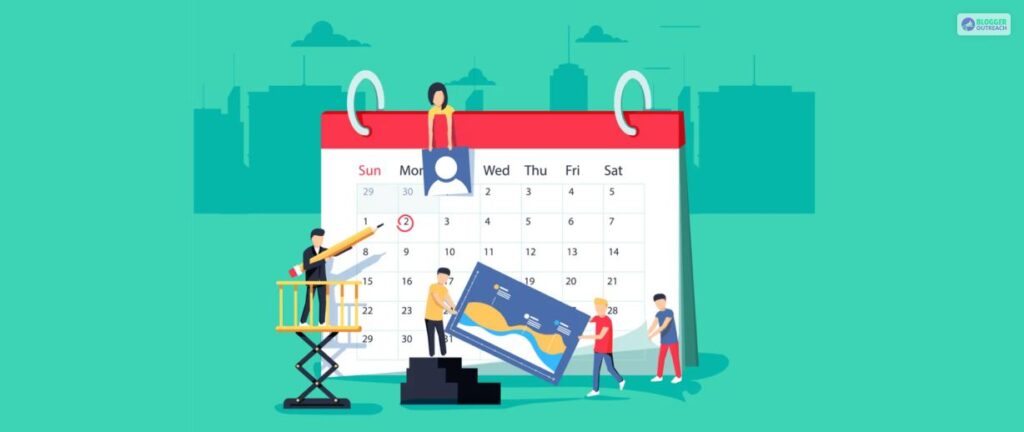
Whether you create content once a day, twice a day, or once a week, you must strictly follow a schedule. Consistent inbound marketing efforts improve your engagement and boost your authority.
(i) Content Calendar: At the start of every month, create a content calendar for your business. Stick to your schedule, and make content creation a habit.
(ii) Experiment: Shoot your content on different days and at other times. Analyze well, and identify when the content is performing the most. Once you know the timings and days, adhere to that.
(iii) User Behavior Analysis: Hands-on learning comes from your audience. The regular posting goes hand in hand with a continuous flow of comments. By analyzing the comments, you can understand what topic your audience wants to emphasize more.
Ponder over the characteristics of your followers and figure out if there is a way to improve your consistency.
4. Competitors Analysis
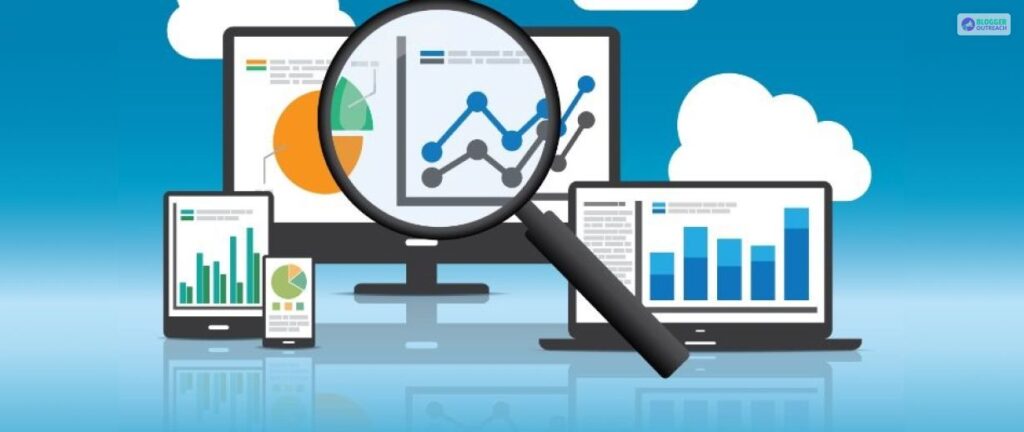
You can’t create random strategies without analyzing what’s working and what’s not. Here comes competitor analysis into the picture. A practical inbound marketing competitor analysis tells you the following:
- Your strengths and weaknesses.
- Content gaps.
- The trends that are prevailing in the industry.
- It also helps you analyze the industry benchmark for your inbound marketing.
- Competitor analysis aids you in positioning your brand.
To stand out and maximize the ROI of this marketing endeavor, one must be aware of how their competitors are utilizing inbound marketing and where they can differentiate their products or service.
By understanding the competitive landscape, marketers can better understand what needs to be done to stand out from the crowd. This can be done by understanding competitors’ content strategies, their use of technology, and overall marketing efforts.
5. Prioritize Email Marketing

Inbound email marketing tempts users to your content. But people often need to pay more attention to the scope of inbound email marketing. Therefore, it is important to prioritize your email marketing efforts to make the most of your inbound marketing strategy.
How To Improve The Effectiveness Of The Inbound Emails?
By creating high-quality content, segmenting your email list based on user interests, and experimenting with different subject lines, your email campaigns will be more effective and help you reach more potential customers.
Additionally, adding a personal touch to your emails, such as including customer names in the subject line, can help you stand out from the competition and make your emails stand out.
Essentials Of Outbound Marketing

In the age-old debate of inbound and outbound marketing, outbound tactics consider marketers’ perspectives more.
What Is Outbound Marketing?
Outbound marketing is a form of promotion companies use to reach potential customers. This type of marketing allows businesses to spread awareness about their products and services to a larger audience.
It includes advertising, direct mailings, trade shows, and telemarketing. The goal of outbound marketing is to generate leads and increase sales.
The Popular Practice Of Outbound Marketing Includes
- Advertisements on TV and other video platforms.
- Hardcore selling.
- Cold calls.
- Newspapers and magazines.
- Events.
Challenges With Outbound Marketing
Despite its potential for success, outbound marketing does have its drawbacks.
First, it can be expensive and time-consuming, as campaigns require significant planning and research.
Additionally, the message of an outbound marketing campaign can be difficult to control and monitor, making it more difficult to ensure that customers are receiving accurate information.
Finally, outbound marketing can be seen as intrusive due to its focus on pushing messages, which means customers may need to be more receptive.
Outbound Marketing Examples
When it comes to outbound marketing, it pays to be creative. For example, a recent campaign by a major online retailer involved sending customers postcards in the mail.
Each card was designed to look like a vintage postcard and featured a unique discount code that could be used to get 10% off the user’s next purchase. The campaign was a huge success, resulting in a significant increase in sales.
5 Hacks To Boost Your Outbound Marketing Results
You’re in luck if you’re looking for ways to improve your outbound marketing results. Here are five hacks that can help you boost your performance.
1. Research Your Target Audience

When starting a business, one of the most important things you can do is research your target audience. You need to know who your ideal customer is, what they want, and what they’re willing to pay. This information will help you create a product or service that meets their needs and makes them happy.
You can research your target audience in several ways. One of the most effective is to survey your current customers. Ask them about their needs and wants and what they’re willing to pay for a product or service like yours. You can also research online using tools like Google AdWords Keyword Planner and Google Trends.
Another important part of researching your target audience is understanding your competition. What are they offering, and how is it different from what you’re proposing? What can you do to make your product or service more appealing?
Talk to a marketing or advertising expert if you need help figuring out where to start. They can help you identify your target audience and create a marketing strategy to reach them.
2. Plan Your Outbound Marketing Efforts Strategically
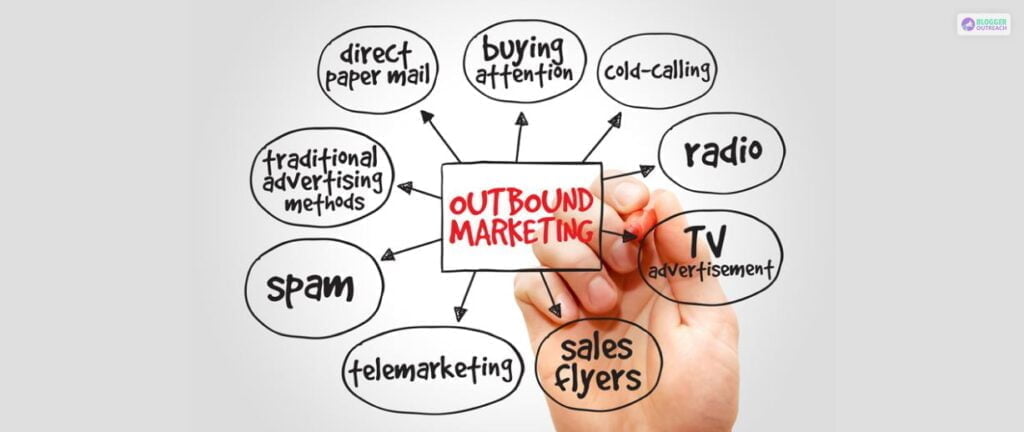
When planning your outbound marketing efforts, it’s important to think strategically. For example, it would help if you began by identifying your target market and developing messaging that resonates with them. You’ll also need to create a distribution plan to ensure your message reaches your target audience. And remember to track your results so you can continually refine your strategy.
3. Make The Most Of Your Content

Ensure that every piece of content on your website is high quality and provides value to your audience. This means that you should take the time to create well-written and informative articles and design attractive and user-friendly web pages. In addition, be sure to use effective SEO techniques to help your website rank higher in search engine results pages. Doing all these things helps ensure that your website provides the best possible experience for your visitors.
4. Use Effective Marketing Channels

There are many different marketing channels that you can use to reach your target market. However, it’s important to use effective means to reach your customers and convert them into buyers.
Some of the most effective marketing channels include online marketing, such as social media and search engine optimization, and offline marketing, such as print advertisements and direct mail. However, it would help if you also considered using marketing channels specific to your industry or target market.
It’s important to test different marketing channels to see which ones are most effective for your business. For example, some tracks work well for acquiring new customers, while others are more effective for retaining current customers. Try different channels and see what works best for your business.
5. Measure Your Results And Skyrocket Your Efforts

To succeed with online marketing, you need to track your results and make changes accordingly. By measuring your results, you can determine what is and isn’t working and make changes to improve your efforts. Remember that online marketing constantly evolves, so you must be prepared to make changes as needed.
You can improve your outbound marketing results and get more leads and conversions using these hacks. Try them out and see how they can help you succeed.
Final Verdict – Which One To Choose In 2023?
At this point, you get an idea about inbound and outbound marketing. However, understanding inbound and outbound marketing is only enough if you apply the same.
Given the pros and cons of inbound and outbound marketing, you might be pondering which one to embrace now. Inbound or Outbound marketing? Let’s look at the comparison table for inbound and outbound marketing to understand this.
Inbound Vs Outbound Marketing
| Factors | Inbound Marketing | Outbound Marketing |
| Content-Type | It is heavily dependent on problem-solving content. | Depends on promotional content. |
| Tactic | It is a pull tactic where you attract the user. | Here you push your messages to the user. |
| Focus Area | Inbound marketing emphasizes the customer’s need. | Outbound marketing is driven by marketers-motive. |
| Cost | Hers the cost is less as Inbound practices focus more on organic methods. | Heavily focused on paid means. |
| Results | Here, you can expect quick results. | As it is a lead nurturing method, it takes time to convert your followers to your buyers. |
We hope the above-mentioned table will help you to analyze inbound and outbound marketing. Deciding on inbound and outbound marketing comes with three crucial factors –
- How much money you want to invest.
- How quickly do you want to get results
- What type of marketer are you? – more aggressive and want quick results or process-driven ones.
Look, some business requires quick results, while some business thrives with time. You need to analyze our business type before doing anything. You can also go for a holistic approach combining both inbound and outbound marketing.
Do your research, analyze and take action! For further assistance, feel free to reach out to us.
Read Also:



